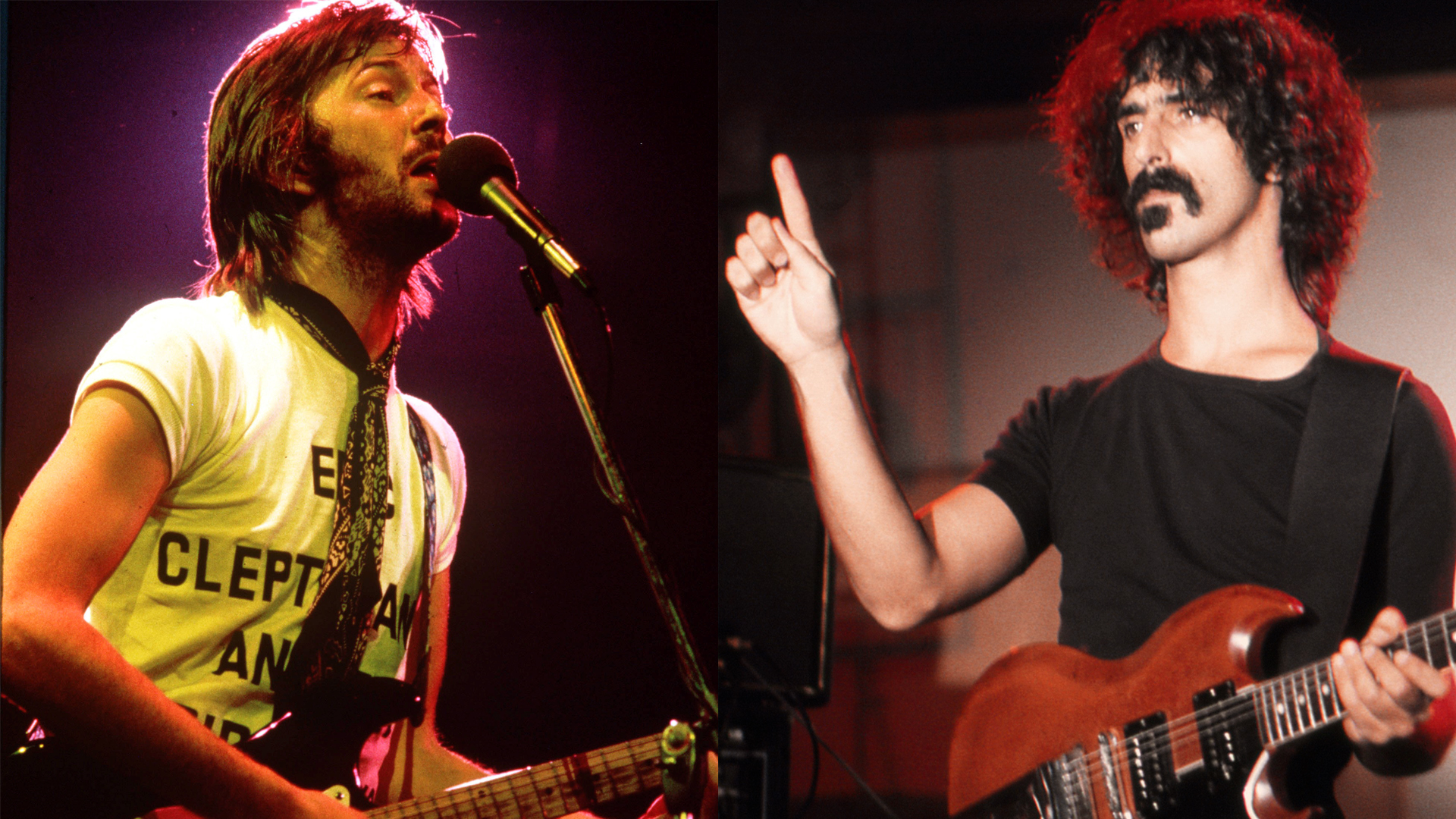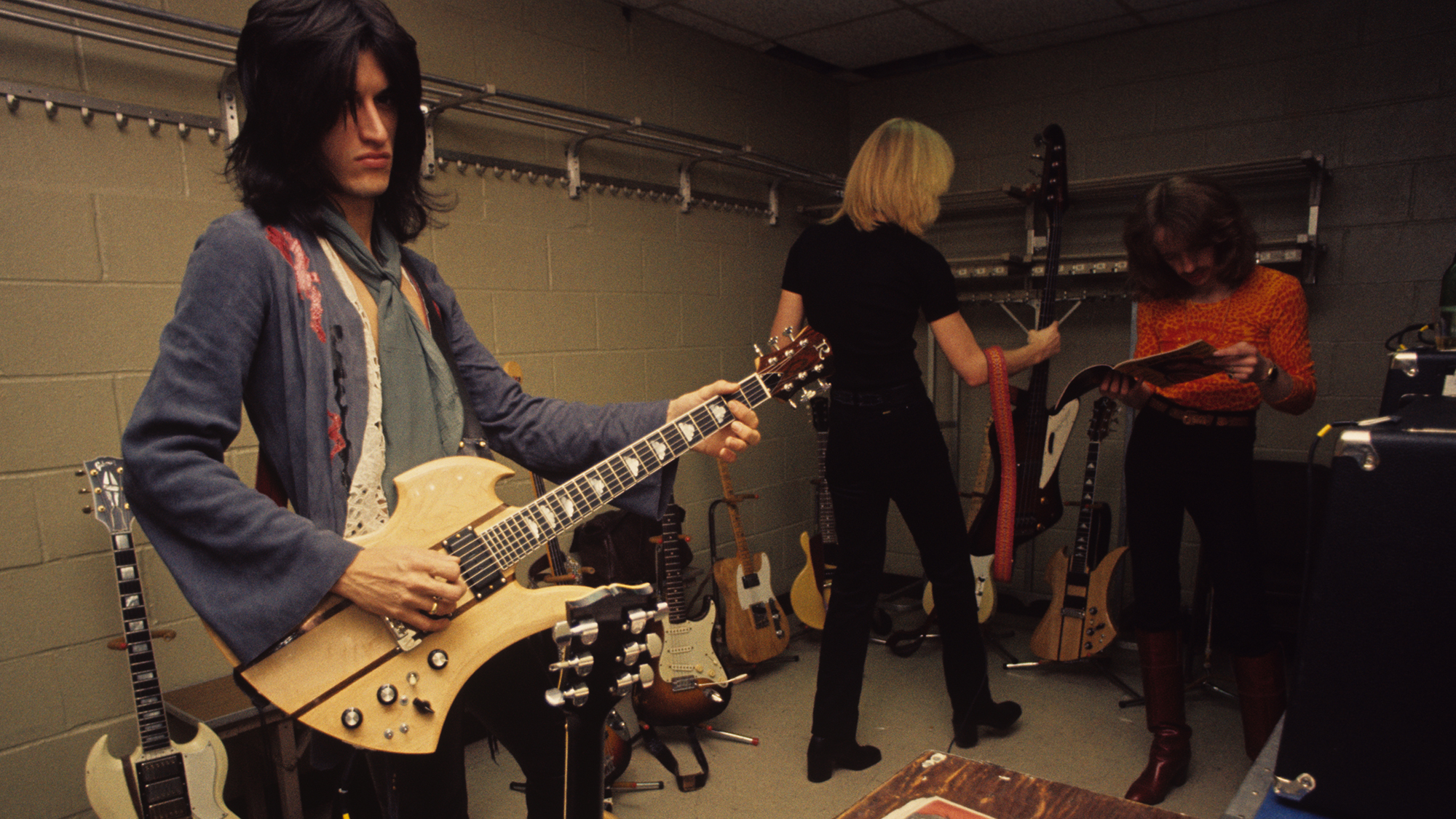“It’s About Celebrating People’s Skills, Experience and Depth of Knowledge”: Cesar Gueikian on Gibson’s Groundbreaking Master Artisan Collection
The iconic firm’s brand president discusses their new Leo Scala Super ‘58 Flying V guitars.
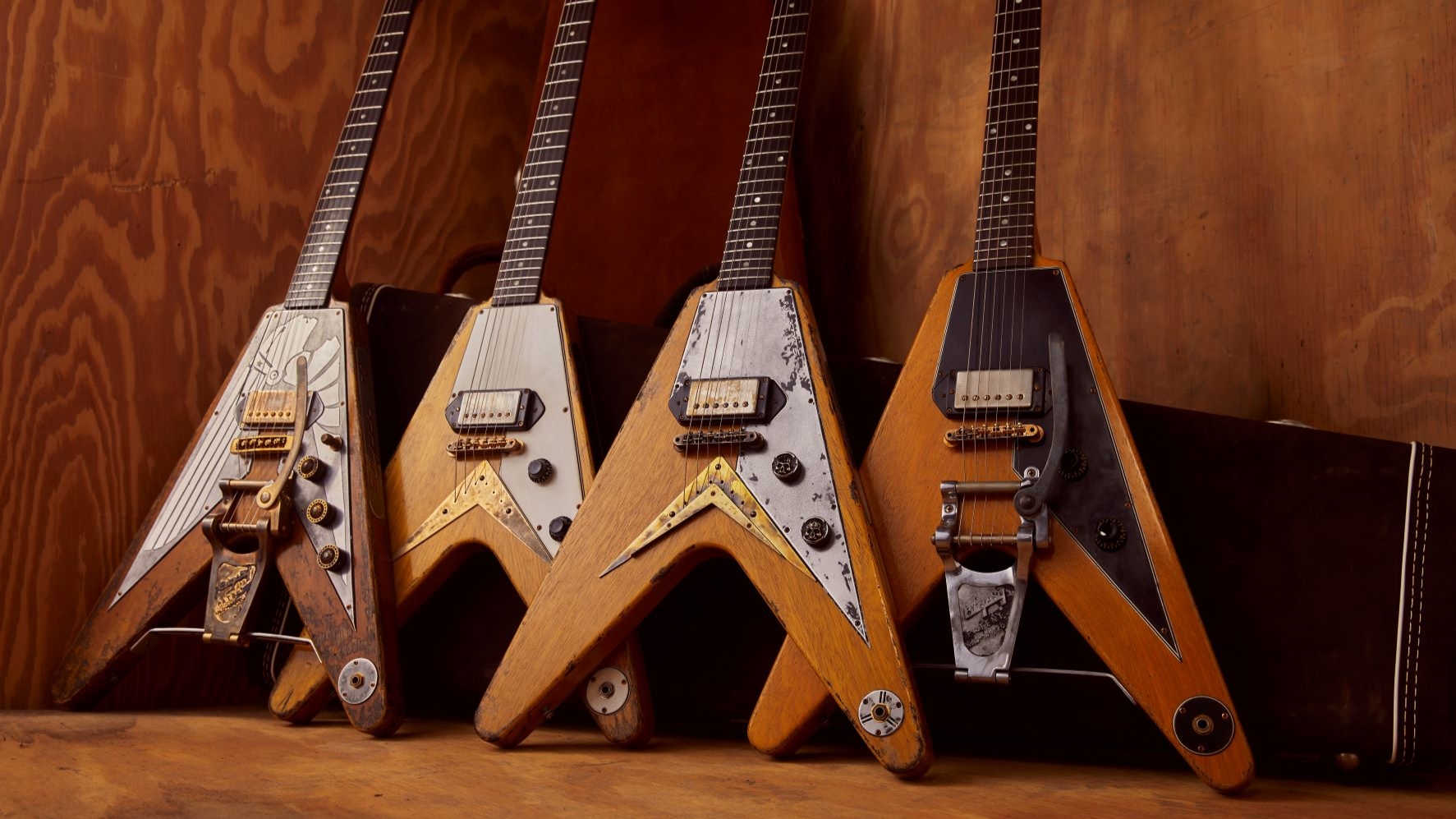
Gibson has launched an exciting new Custom Shop venture in style with the release of ten Flying V guitars designed in collaboration with boutique luthier Leo Scala.
Kicking off their Master Artisan Collection, Gibson has employed the artful skills of world-class craftsman Scala who has provided some patent-worthy tweaks to the iconic ‘modernistic’ design released in 1958.
With further collaborations in the pipeline, we spoke to Gibson brand president Cesar Gueikian to find out more about this innovative approach to electric guitar building.
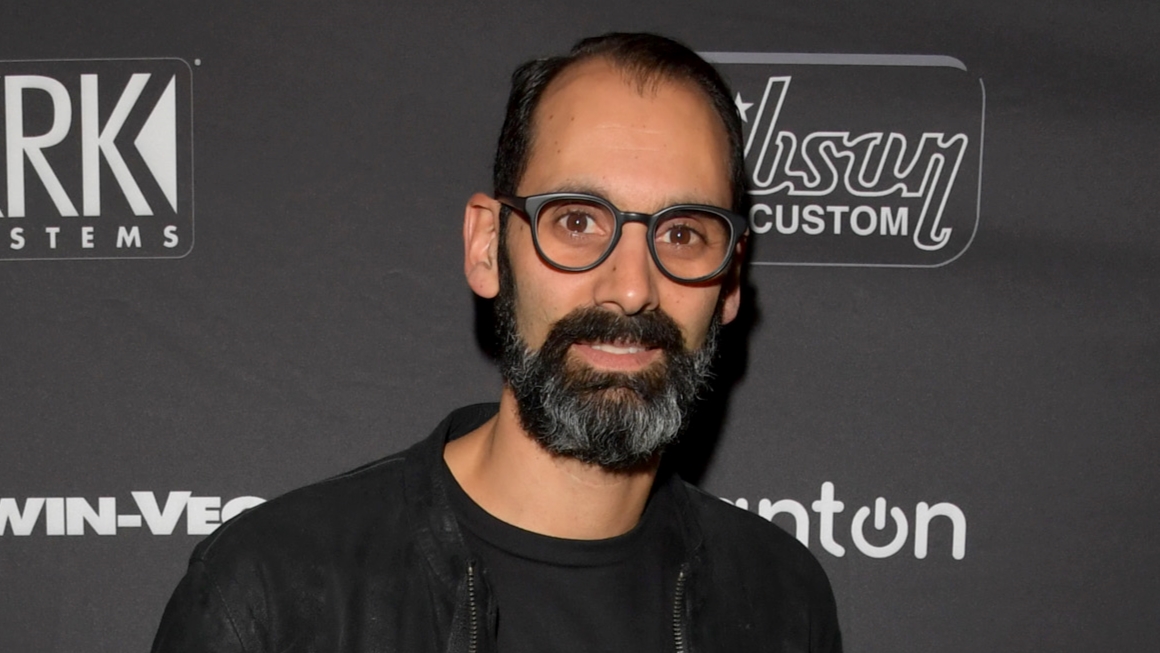
Is this the first time Gibson has worked with an independent luthier?
Yes. This has been many years in the making. It’s a collaboration we’ve been working with Leo Scala on for over two years.
Leo Scala is also well-known for making custom guitars for Guns N’ Roses' Richard Fortus…
Yes. That’s how I connected with Leo. Richard was the one who said, “Hey, I think you should meet with Leo Scala. I think out of all the creative boutique luthiers, Leo is the best one I’ve worked with.”
Get The Pick Newsletter
All the latest guitar news, interviews, lessons, reviews, deals and more, direct to your inbox!
He’s not only a passionate musician and guitar maker, but he’s also very passionate about Gibson and Gibson history. He’s highly respectful of the history and what Gibson has inspired him to do. So that’s why Leo and I met.
Richard [Fortus] was the one who said, 'Hey, I think you should meet with Leo Scala'
Cesar Gueikian
How did you meet Leo Scala?
I met Leo in person at his workshop and he started showing me some of the things that he has been coming up with over many, many years and some of the things he was making.
We connected immediately. He has such great respect for the instrument, quality, history and craftsmanship. Taking all that into consideration was an inspiration to do something new.
Leo is somebody that has broken the mold and has been innovating on his own while being inspired by the things [Gibson] has done in the past.
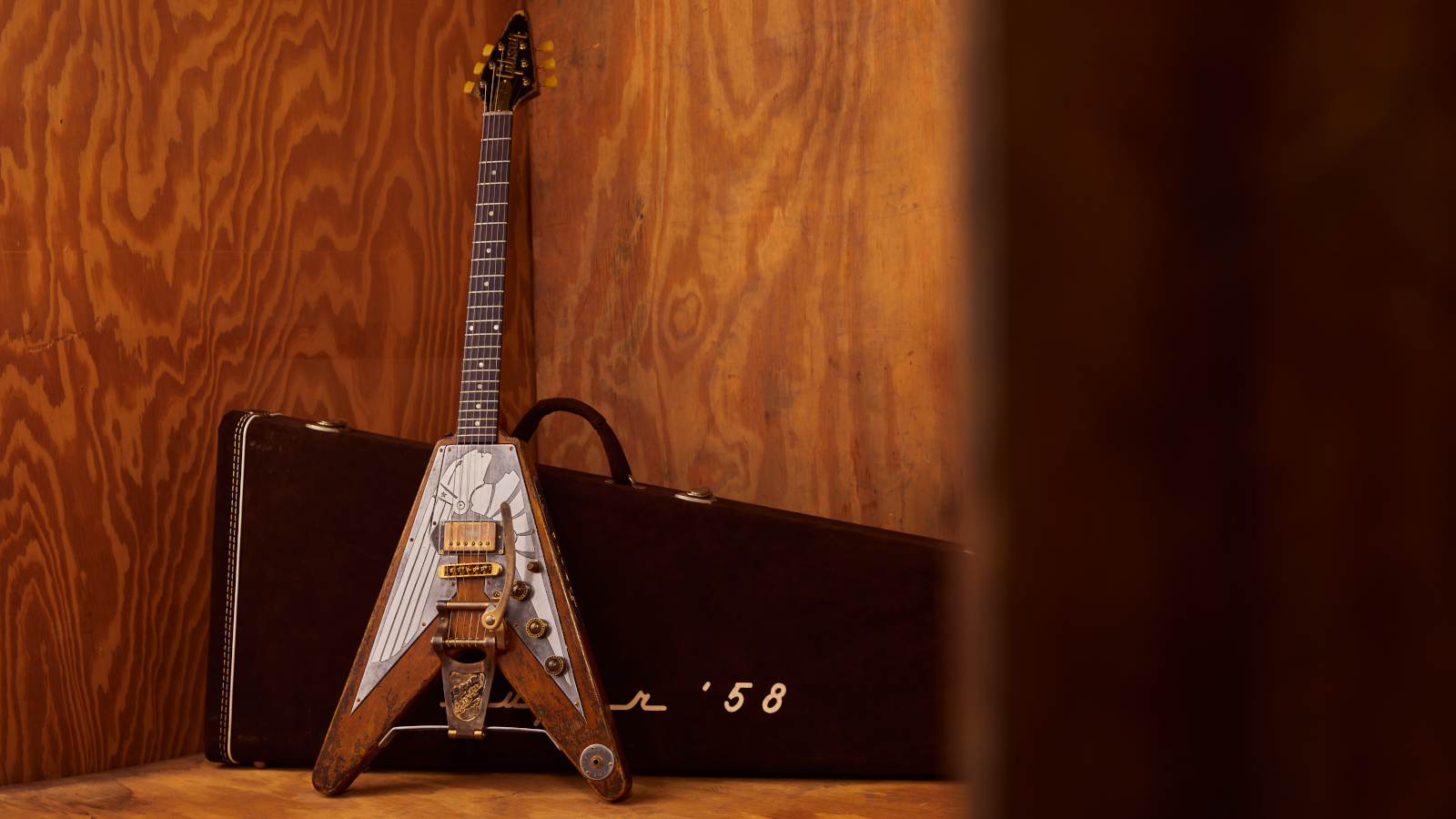
What new concepts has Leo Scala introduced?
We have two new innovations patented by Gibson with Leo Scala as the inventor: the hybrid chevron tailpiece and the dogear humbucker. Those are his ideas and creations. We paid tribute to him as the guy who invented them. And we’re putting them to work in this collaboration.
With the hybrid chevron tailpiece, you can string through the body, or use it as a stop-bar. That was a great idea by Leo. As was the dogears on a humbucker.
Each of the ten has a different finish shade – a different degree of natural
Cesar Gueikian
It’s a simple idea, but very effective…
Yeah, I think that’s right. But within that simplicity is an incredible amount of custom work on each guitar. I’m very much into that.
The guitars look immediately familiar. But the more you look, the more you notice how different they are…
And each of the ten has a different finish shade – a different degree of natural. All these subtle things [Leo Scala] thinks about and applies are why it takes so long to make these guitars.
Do you have a favorite?
Yes. The Seraph. It’s absolutely unbelievable. But every one of the Leo Scala Master Artisan guitars are incredible.
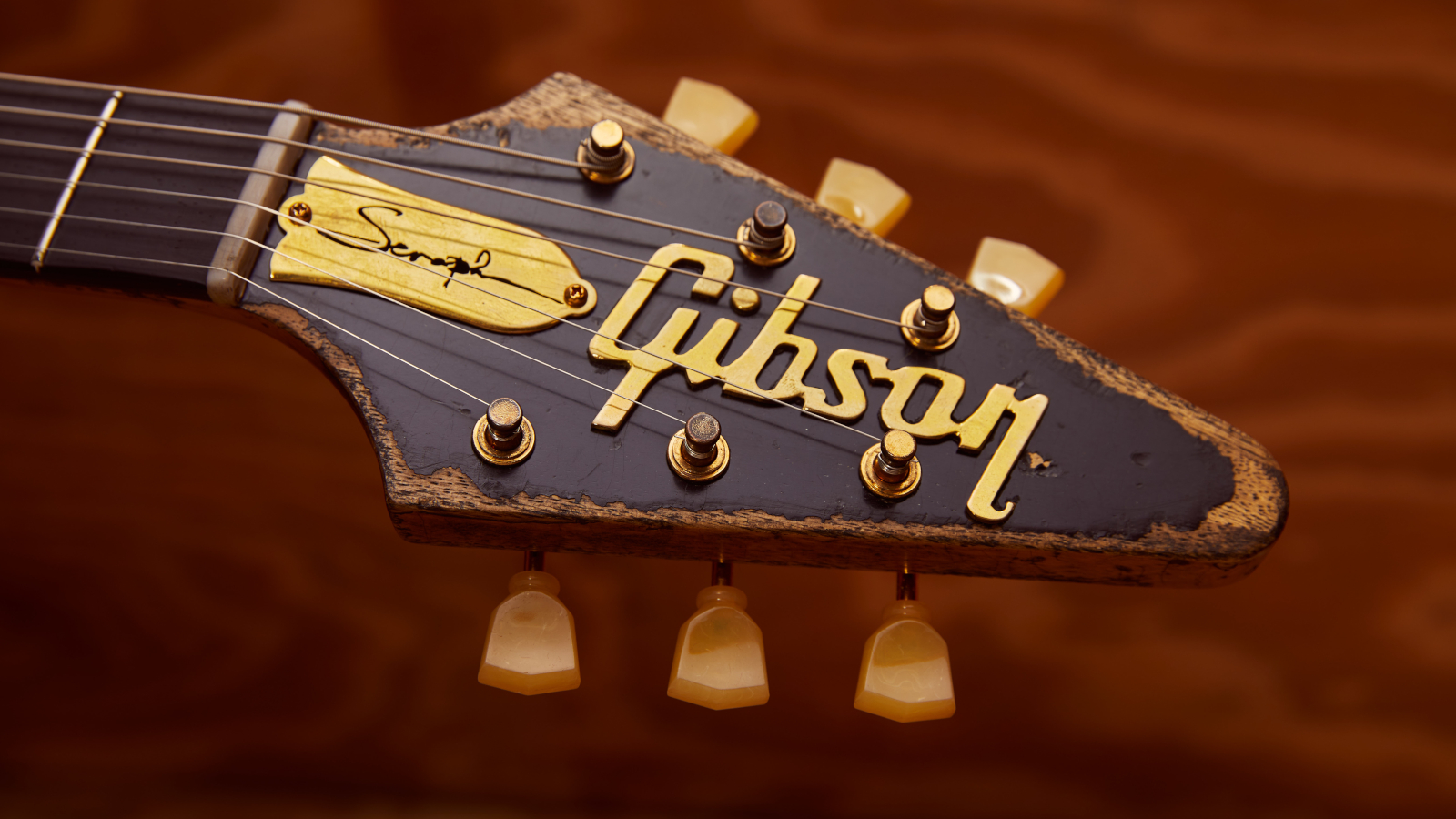
How long did they take to make?
It’s a lot of work before starting, and then the process is about one-year. It’s a highly involved process.
One of the great aspects of this series is that it was started by our artisans in the Custom Shop and then passed to the master artisan Leo Scala. So it was started by Gibson and finished by Leo.
What did they look like when they left the Custom Shop?
They left the Custom Shop as korina guitars with Brazilian rosewood fingerboards. Leo then makes the instrument what it is. That’s really powerful, I think.
All the metal parts – including the chevron tailpieces and stop-bars – and the pickups are all done by [Leo Scala.] It’s all handmade. He wound every pickup. There is a lot of work that goes into it. I mean that’s why it took one year to make ten guitars. But each guitar is unique.
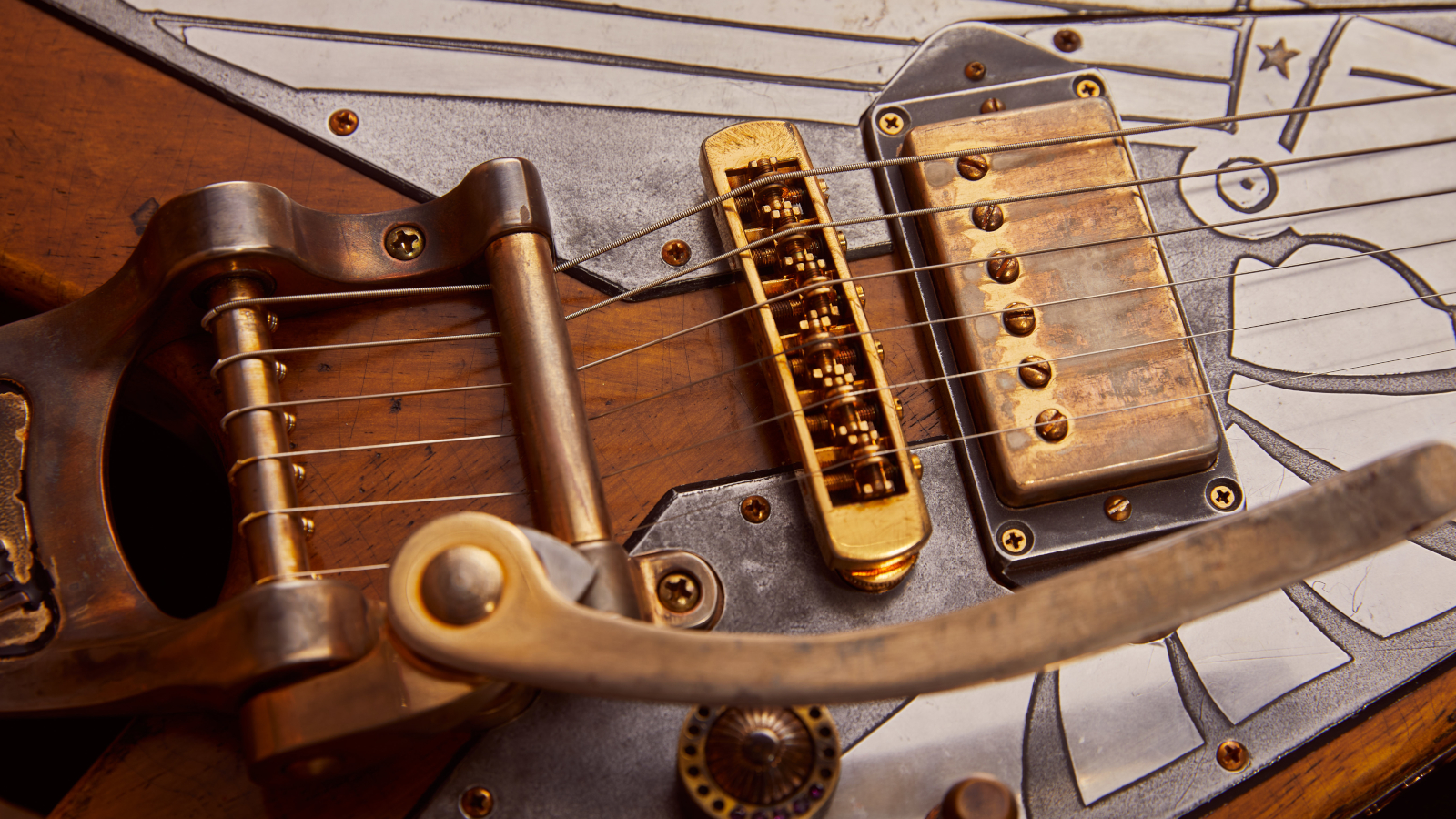
So it’s fair to say they’re works of art in themselves?
They absolutely are.
Are you reserving one for Gibson?
We have one that’s going to stay in the Gibson Vault.
These guitars were made to be played
Cesar Gueikian
And will it get played?
Without a doubt. Our guitars are going to be making music. Our original ’58 Flying V that we’ve had in the Vault for a very long time was on stage two weeks ago with Richie Faulkner and Judas Priest here in Nashville.
Gemini, my ’59 ‘Burst that has a sequential serial number to Greeny, is going to be on stage soon with John Notto of Dirty Honey. So these guitars were made to be played. Guitars that come into our collection are very much going to be used on stage and in the studio.
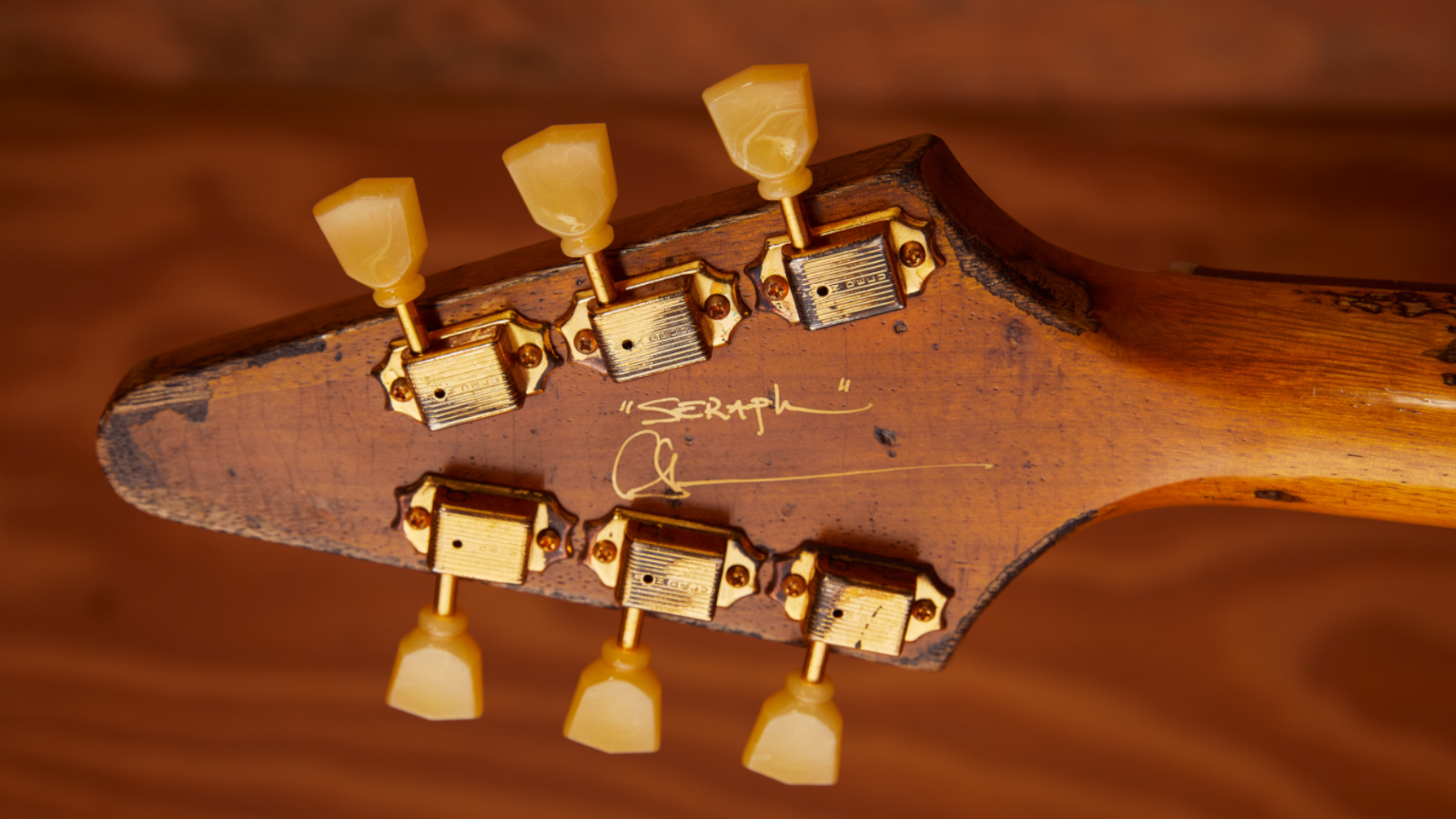
Considering so much work has gone into making these guitars look a certain way, what would you say to those people concerned about playing them?
We wanted to make sure these instruments create the opposite reaction to picking up a mint condition guitar. That’s why they’re so heavily aged. We wanted people to not worry about just picking them up and playing them.
What concept did you have in mind specifically when it came to esthetics?
They’re not Gloss or VOS like you would normally get out of the Custom Shop. We offer that, but these particular guitars were all about: what would they look like today if they have been heavily used over the decades since 1958? That was the concept of the design for Leo Scala.
1,000 dings looks better than one, right?
Right. And it’s all in the right places. Leo Scala paid a lot of attention to that. You know, what would be the result of decades of play wear: the arm, picking, fretboard wear… It’s all done in a really nice way.
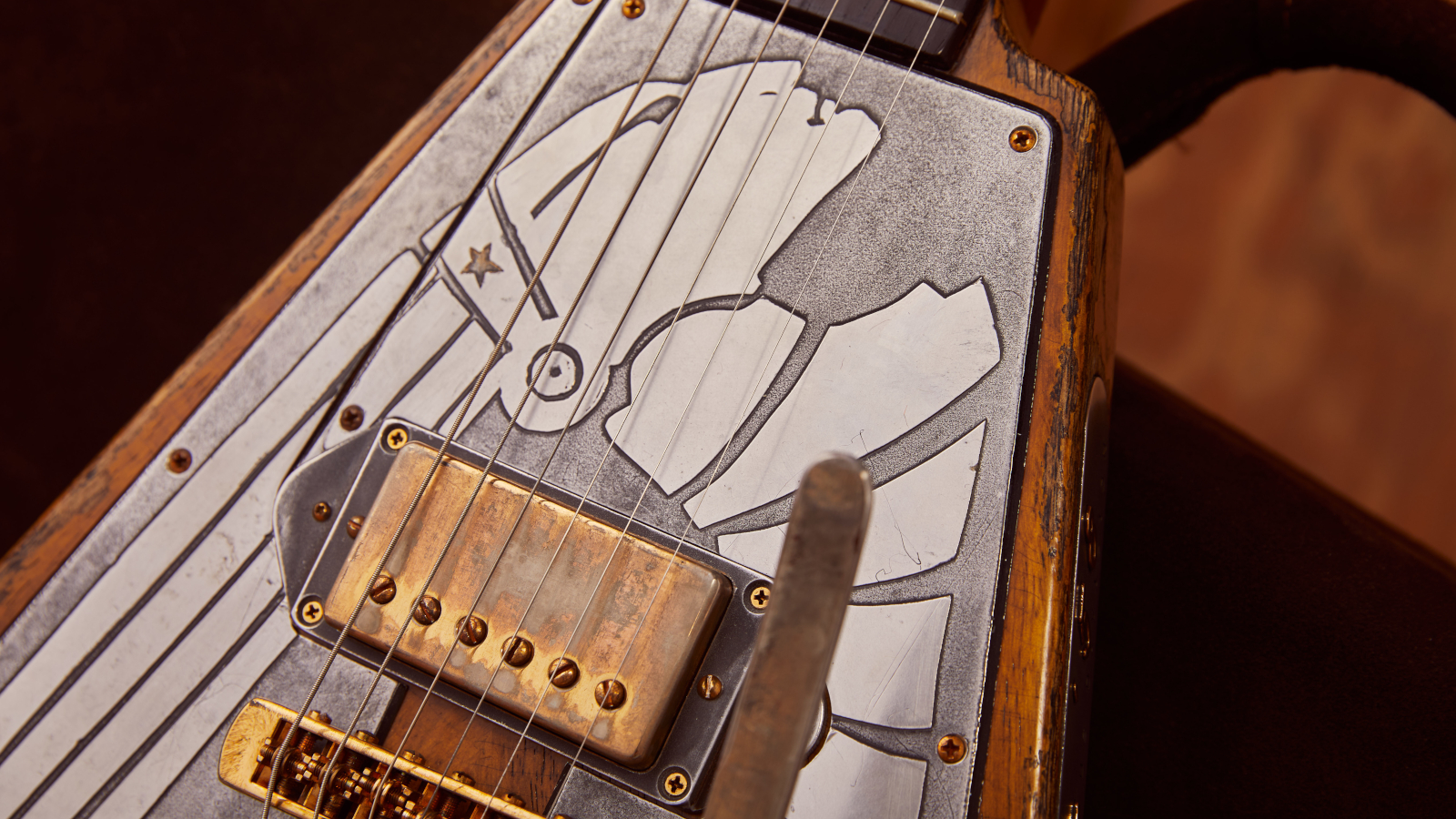
It’s refreshing to see Gibson working with an independent luthier. Things seem to have changed a lot in recent years…
Yes. We were very selective, obviously, but on the other hand we’re really excited about it. What we just did with Leo Scala and what’s going to be coming out in future gets me motivated.
When I go to the Custom Shop, I can see the passion of our builders – some of whom have been with us for decades.
Gibson seems an altogether happier place these days…
I certainly think so. I think it’s been a complete 180 as a result of the actions we’ve taken. Not what we’re saying, but the actions. I like the fact we’re doing things that are paying tribute to our very iconic past while looking towards the future.
That comes with a lot of communication and collaboration, and respect for our craftsmen and craftswomen.
It’s about celebrating people’s skills, experience and depth of knowledge. Everyone is so excited about what they’re building.
Visit Gibson for more information.
Rod Brakes is a music journalist with an expertise in guitars. Having spent many years at the coalface as a guitar dealer and tech, Rod's more recent work as a writer covering artists, industry pros and gear includes contributions for leading publications and websites such as Guitarist, Total Guitar, Guitar World, Guitar Player and MusicRadar in addition to specialist music books, blogs and social media. He is also a lifelong musician.
"This 'Bohemian Rhapsody' will be hard to beat in the years to come! I'm awestruck.” Brian May makes a surprise appearance at Coachella to perform Queen's hit with Benson Boone
“We’re Liverpool boys, and they say Liverpool is the capital of Ireland.” Paul McCartney explains how the Beatles introduced harmonized guitar leads to rock and roll with one remarkable song






